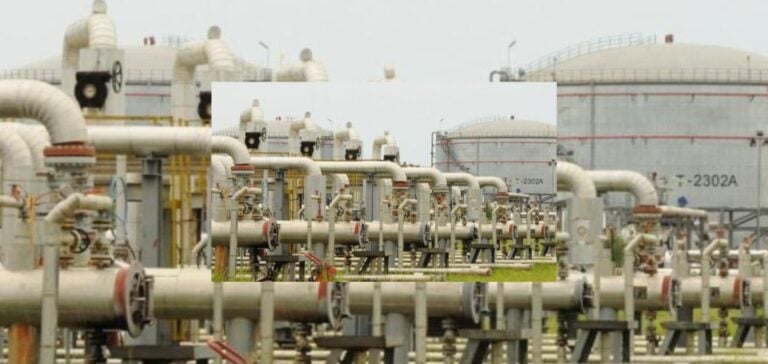The expected rise in oil prices, boosted by Saudi Arabia’s prolonged voluntary production cuts, is prompting non-OPEC producers to increase their output, enabling global oil production to continue growing in 2023 and 2024.
US Oil Production Growth: EIA Forecasts and Trends
the U.S. Energy Information Administration declared on August 8. The United States, which is expected to exceed 12.9 million b/d of monthly crude production for the first time at the end of 2023, will lead production, said the EIA in its August Short-Term Energy Outlook. The agency raised its outlook for US oil production in 2023 by 200,000 b/d to 12.76 million b/d, and expects production growth to continue in 2024, taking US crude output to 13.09 million b/d, up 240,000 b/d on last month’s estimate.
Both would be annual records for domestic oil production, which, according to EIA Administrator Joe DeCarolis, was “boosted by rising oil prices and short-term well productivity.”
Production growth is expected to decline in the U.S. as well-level productivity growth slows, but higher oil prices should support increased oil rig activity in 2024, EIA said. It forecasts a recovery in US oil production in the second half of 2024, to approach 13.4 million b/d by the end of this year.
Other non-OPEC producers with strong expected production growth include Brazil, as it increases production from floating production, storage and offloading vessels, as well as Canada, Guyana and Norway. Together, non-OPEC producers are expected to increase production by 2.1 million b/d in 2023 and 1.2 million b/d in 2024.
Impact of oil production cuts
This offsets production cuts by the OPEC+ alliance, and the EIA forecasts that global oil production will increase by 1.4 million b/d in 2023 and 1.7 million b/d in 2024. Earlier this month, Saudi Arabia extended its voluntary 1 million b/d oil production cut until September, in addition to some 1.2 million b/d of collective OPEC+ voluntary production cuts that have been in force since May. And Russia said it would cut oil exports by 300,000 b/d in September, following a 500,000 b/d cut in August.
“Despite production cuts extending to 2024, OPEC crude oil production is likely to increase in 2024 by an average of 0.6 million b/d,” said EIA.
“Higher production targets for the United Arab Emirates in 2024 and increased production from Iran and Venezuela will drive this increase.”
The agency raised its global oil demand outlook by 30,000 b/d for 2023 to 101.19 million b/d, while keeping its 2024 estimate unchanged at 102.8 million b/d. EIA forecasts that rising demand, combined with OPEC production cuts, will encourage the transition from global oil inventories to inventory drawdowns in the second half of this year, supporting global oil prices. Reflecting its expectations of tighter balances on world oil markets, the EIA has raised its 2023 forecast for Brent crude from $3.28 to $82.62/bbl, and its 2024 outlook from $2.97 to $86.48.
The agency estimates that Brent prices will rise to around $88/b at year-end and remain at this level until the first quarter of 2024 before falling in the second quarter “as supply growth leads to some replenishment of global oil stocks later in 2024.”
Impact of Refinery Shutdowns: Variation in Gasoline and Diesel Prices
Similarly, the Board forecast that WTI crude would average $77.79/b in 2023, up $3.36 on last month’s estimate for the year, while it raised its forecast for 2024 by $2.97 to $81.48/b. Retail gasoline prices are expected to average $3.56/gal this year, up 16 cents on the previous estimate. The EIA forecasts that gasoline prices will fall to an average of $3.45/gal in 2024, an increase of 11 cents on last month’s estimate.
The EIA’s rise in forecast gasoline prices was triggered by a series of unplanned refinery shutdowns this summer, including a reformer failure at Marathon’s Galveston Bay refinery and fluid catalytic cracking unit outages at Phillips 66’s Bayway refinery and ExxonMobil’s Baton Rouge refinery.
“Numerous outages have affected secondary conversion units, reducing the relative gasoline yields of these facilities,” said EIA.
“Lower gasoline production and net gasoline imports are contributing to lower total gasoline inventories in our forecast, which are now expected to remain near the five-year low (2018-2022) until the end of our forecast.”
The Agency also raised its expectations for retail diesel prices, taking the fuel to $4.17/gal this year, up 21 cents on the previous estimate, and to $3.94/gal in 2024, up 10 cents on the July estimate.






















